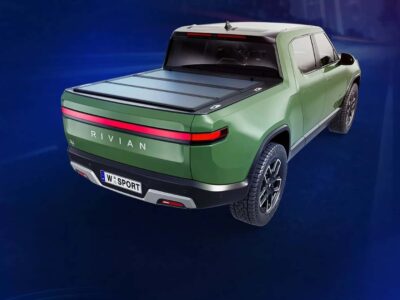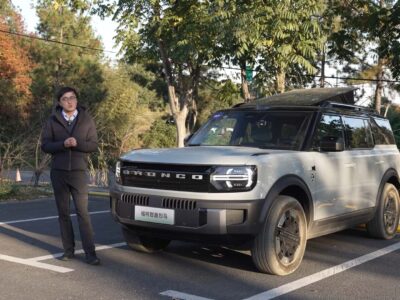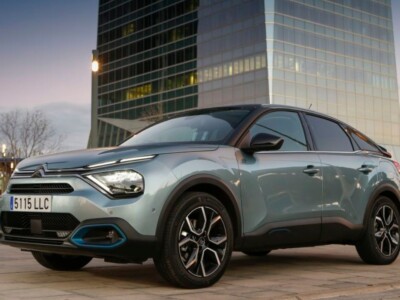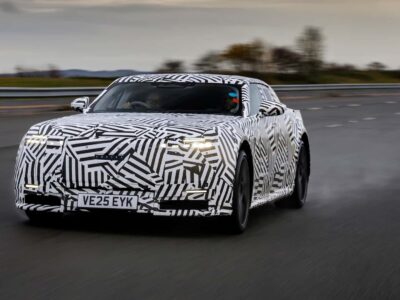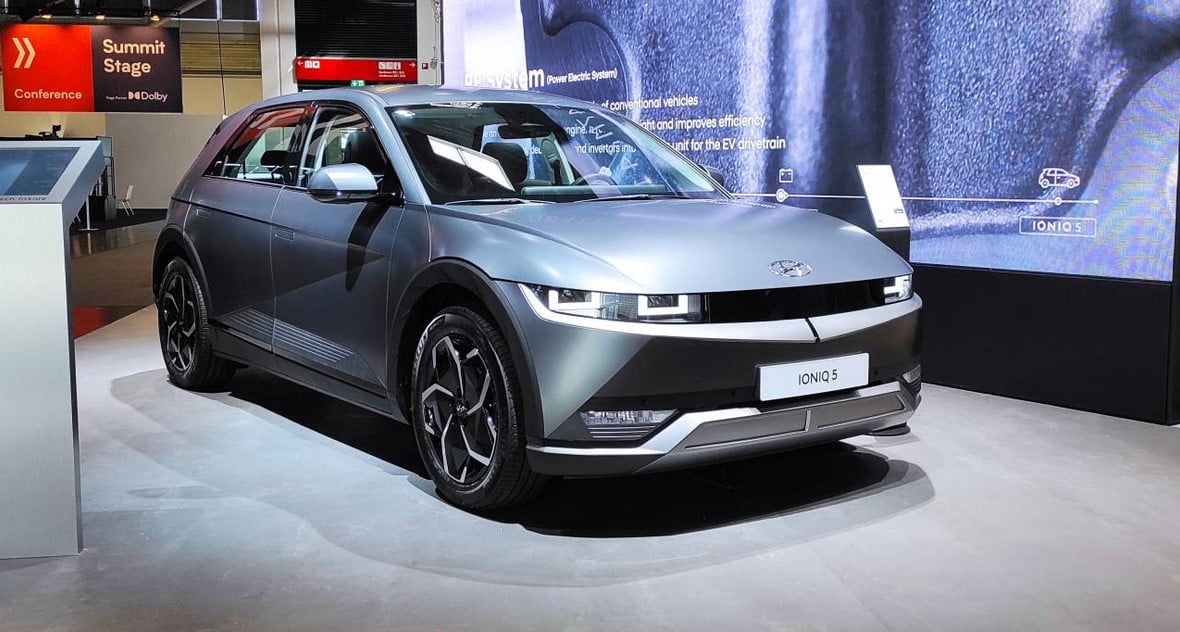
The Hyundai Ioniq 5 stands out among the new electric cars coming out this year, showcasing that affordable electric vehicles don’t have to look and feel like everything else. It demonstrates that there’s room to reshape the car and incorporate some radical signals from the past without losing focus on a future free from exhaust emissions.
The Ioniq 5, with its classic hatchback shape, features a pixelated design, evoking cultural references from the ’70s or ’80s, including Rubik’s Cubes and 8-bit characters. It might be a tribute to Hyundai’s Pony style by Giugiaro, which was never sold in the U.S.
The retro exterior is made possible by the modern architecture inside. The Ioniq 5 is the debut vehicle built on a new 800-volt global electric vehicle platform called E-GMP, enabling weight savings, modern battery packs, faster charging, and bidirectional capability to turn the vehicle into a mobile power bank.
Inside, the Ioniq 5 occupies the parking space of a Toyota RAV4 or Honda CR-V but feels huge due to its long wheelbase of 118.1 inches and a battery under the floor. Rear seatbacks slide forward and backward, and a “relaxation” feature for the driver’s seat adds leg support for napping during charging stops.
Charging stops won’t be long, as the Ioniq 5 charges from 10% to 80% in just 18 minutes, leveraging the 350 kW CCS DC fast-charging hardware. It can also be fully charged on Level 2 (240V) in less than 7 hours with its 10.9 kWh onboard charger.
Models with a 77.4 kWh battery pack come in single-motor rear-wheel drive or dual-motor all-wheel drive configurations, with EPA-rated ranges of 303 miles and 256 miles, respectively. A base SE version with a 58 kWh battery pack will arrive in spring 2022, available only in a single-motor configuration with a rated range of 220 miles.
Performance differs between the two designs. Dual-motor versions produce 320 hp and 446 lb-ft, accelerating to 60 mph in about 5.0 seconds. Single-motor versions generate 225 hp and 258 lb-ft, taking about two seconds longer.
With a starting price of $40,925 for the base version with a 58 kWh battery pack, up to $55,725 for the fully loaded dual-motor limited edition, the entire Ioniq 5 lineup undercuts the Tesla Model Y and offers a more intriguing design. The cabin materials are stylish and sustainable, the feature set is impressive for the money, the ride quality is plush, and it boasts one of the quietest interiors among affordable electric crossover vehicles.
The Ioniq 5 is close to an ideal that many buyers seek in a compact crossover. While it’s not perfect, its shortcomings, such as the lack of wireless Apple CarPlay and Android Auto, could potentially be addressed with future updates. The Vehicle to Load (V2L) function, offering bidirectional charging, is a notable technological feature, allowing the Ioniq 5 to power camping or various tools and appliances or charge another EV.
Despite its achievements, there’s one notable disappointment: availability. Hyundai initially plans to offer it only at selected dealerships, without specifying when the Ioniq 5 will have a true entry into the mass market. This is seen as a letdown for what was supposed to be Hyundai’s revolutionary model, especially considering how impressive the Ioniq 5 is.


